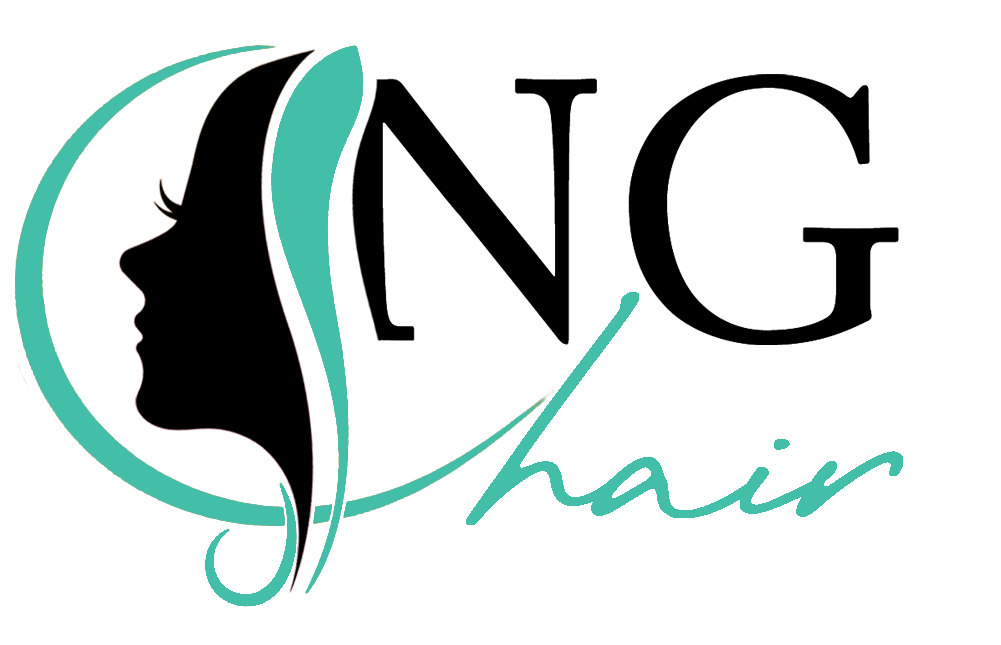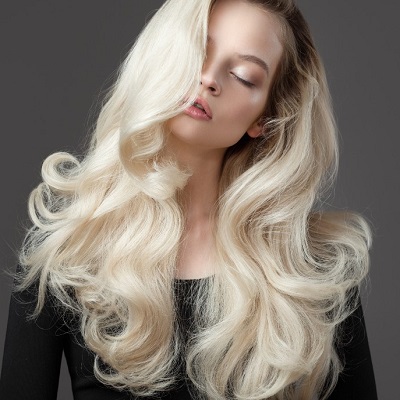No products in the cart.
Hot Products Blog
HAIR BLEACHING: DO YOU KNOW?
What is Hair Bleaching?
Hair bleaching is a chemical process that lightens your hair by stripping the pigment from your strands. Here’s how the process works:
- An alkaline agent opens up the cuticle, the protective layer of the hair shaft.
- An oxidative agent penetrates the hair shaft and dissolves melanin, the pigment that gives your hair its natural color.
The longer you leave hair bleach on your hair, the more pigment it dissolves and the lighter your hair becomes.
However, one application of hair bleach does not necessarily mean you’ll have white, bleach blonde hair. Depending on your hair’s natural color, your hair can end up yellow, orange, or red. Another hair bleaching process may be required to reach true bleach blonde hair.
How Hair Bleaching Affects Your Hair
So how does hair bleaching damage your hair? Well, there is a risk (especially with repeated hair bleaching treatments) that the cuticle of the hair shaft stays permanently raised. Hair with raised cuticles loses moisture rapidly, which leaves it brittle and prone to breakage. You know those horror stories of destroyed hair after a hair bleaching session gone wrong? That’s what’s happening!
Hair bleaching always damages hair to a certain extent, but it doesn’t need to get ugly as long as you follow proper after-care techniques (more on that later).
How Often Can You Use Hair Bleach?
If you’re going to begin hair bleaching, plan to wait six to eight weeks in between hair bleach appointments. This will allow your hair ample time to recover. Keep in mind that if your hair is darker than light brown, it will take more than one hair bleaching session to achieve bleach blonde hair. Do not bleach your hair in two back-to-back sessions. Instead, wait at least one week before further bleaching your hair. An experienced colorist can recommend when you should book your next bleaching appointment.
Common Mistakes to Avoid When Using Hair Bleach
1. Using Hair Bleach at Home
Trust us, this is a dye job you do NOT want to DIY. Hair bleaching is a tricky process and it’s difficult to get correct, even for experienced hairstylists. If you don’t do it correctly, you’re looking at major hair damage. Like, cut-off-all-your-hair breakage.
Do your research and find a colorist who specialises in bleach blondes before taking the plunge. Then make a consultation appointment to discuss your goals and hair history before the bleach goes anywhere near your hair.
2. Not Being Honest with Your Colorist
Hair bleach works best on hair that is virgin (meaning it’s never been chemically processed) and hair that is light brown or lighter in color. If you’ve ever colored your hair before, you need to tell your colorist before they apply the hair bleach. Why? Because when the hair bleach strips away your natural hair color, it may not affect areas of hair dye from previous dye jobs. And that can leave bands of unwanted pigment on your locks. Not what you want!
Give your hairstylist a clear account of all your previous hair colors for the best hair bleaching results.
If you have hair that is darker than light brown, you can still achieve bleach blonde hair. However, the process might take a few tries before you reach that icy, platinum shade.
3. Not Prepping Your Hair Beforehand
Hair bleach is damaging, so it’s a good idea to make sure your hair is in tip-top condition before going to your hair bleaching appointment. This will give your hair the best chance of staying healthy. Use a repairing conditioning mask like Hair Growth & Protection Mask in the two weeks leading up to your appointment.
Another tip: skip shampoo in the two days before your appointment since a freshly cleansed scalp is more likely to experience irritation from hair bleach.
4. Bleaching the Ends
If your ends are already light, they don’t need to be bleached again. Period. Applying more hair bleach to your ends puts you at greater risk for raising the hair’s cuticles permanently. And when that happens, you’re looking at breakage galore.
10 Hair Bleaching Aftercare Tips
Hair bleach is damaging, there’s no doubt about that. But you can still work to repair and strengthen your hair (plus avoid those annoying brassy tones) by following these tips:
1. Use the Best Shampoo for Blonde Hair
2. Skip Some Washes
3. Try Co-Washing
4. Invest in an Intensive Hair Treatment for Bleach Blonde Hair
5. Use a Leave-In Conditioner
6. Nourish Your Blonde Hair with Protein
7. Be Gentle with Your Hair, Especially When It’s Wet
- Cut Off the Damaged Ends
- Learn Some No-Heat Styling Techniques
- Take a Hair Supplement to Encourage Healthy Hair Growth



 Products
Products
Related Posts: